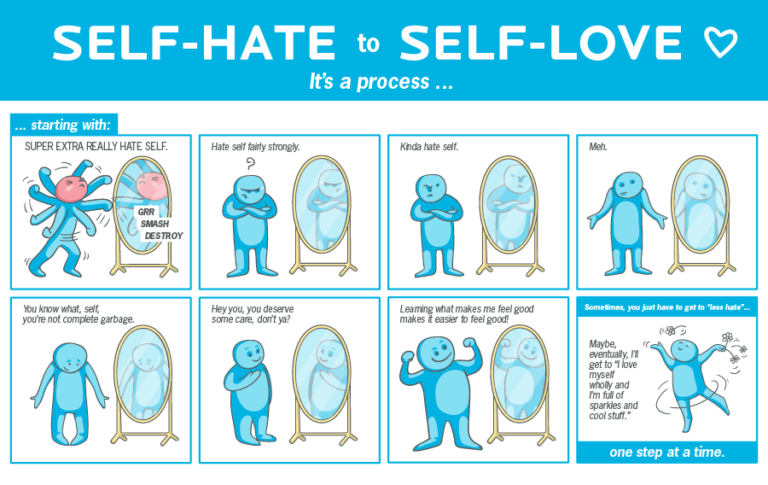
Employers are projecting the healthcare cost trend to increase by a median of 9% for 2026, and 7.6% after they make plan design changes, according to a Tuesday survey from the Business Group on Health, an employer advocacy organization.
“This is the highest single-year forecast in more than a decade,” said Ellen Kelsay, president and CEO of the Business Group on Health, during a press briefing. “The compounding effect of high healthcare trend increases means that by 2026, healthcare costs [are] projected to be 62% higher than they were in 2017.”
For the second year in a row, actual healthcare costs exceeded the forecasted cost for employers. In 2024, employers anticipated a 7.1% increase in healthcare costs, and actually experienced a 7.5% increase. In 2023, employers expected a 6.6% increase in costs, and experienced a 6.8% increase. In addition, two-thirds of employers say that rising costs are affecting their ability to provide global benefits.
The Annual Employer Health Care Strategy Survey received responses from 121 employers across a variety of industries. These employers collectively cover 11.6 million people globally.
Additional findings from the survey include:
1. Prescription drug costs are a major contributor to healthcare costs. In 2024, pharmacy accounted for a median of 24% of overall healthcare spend, compared to 21% in 2021. And GLP-1s are partly responsible, with 72% of respondents saying that they drive costs to a “very great extent” or a “great extent.” Another 61% said the same about high-cost therapies.
2. Almost all employers cover GLP-1s for diabetes, while 73% cover them for obesity. And about 79% of employers said they are seeing increased utilization of obesity treatments. When it comes to covering GLP-1s for obesity, the most common utilization management tactics are prior authorization, requiring participation in a weight management program and meeting a certain body mass index threshold.
3. When asked what conditions are driving costs, 88% said cancer, 71% said musculoskeletal conditions and 35% cited cardiovascular conditions. This is the fourth year in a row in which cancer is the top condition contributing to cost. To address cancer costs, many employers are expanding coverage of cancer screenings, including for colon cancer, breast cancer and skin cancer. About half of the respondents also said that they will offer access to centers of excellence for cancer in 2026.
4. To reduce healthcare costs, employers’ top strategies include leveraging the request for proposal process to get better pricing from incumbents or new vendors, eliminating lower-utilized programs, replacing underperforming vendors, and limiting coverage for GLP-1s.
5. About 17% of employers have adopted a non-traditional or alternative health plan, while 7% are adding it in 2026 and 36% are considering it for 2027 or 2028. In addition, 16% are using a transparent pharmacy benefit manager, while 11% are adding one in 2026 and 43% are considering it in 2027 or 2028. However, switching to a new pharmacy pricing or contracting model doesn’t come without its challenges, including “difficulty of calculating the financial impact of the conversion and no appetite for member disruption,” the report stated.
6. Employers are also paying attention to several policy initiatives. About 85% of respondents want the government to protect the tax treatment of employer health coverage, 81% want the government to protect ERISA preemption and 62% want the government to address prescription drug pricing. In addition, 66% of employers said they are concerned or very concerned that changes to government programs (such as Medicare and Medicaid) will harm employer-sponsored coverage.
This wasn’t surprising as it aligns with “long-held employer beliefs that efforts to reduce costs for programs like Medicare and Medicaid will often result in cost shifting to employer-sponsored plans,” said Brenna Shebel, vice president of the Business Group on Health, during the press briefing.
Photo: PM Images, Getty Images






